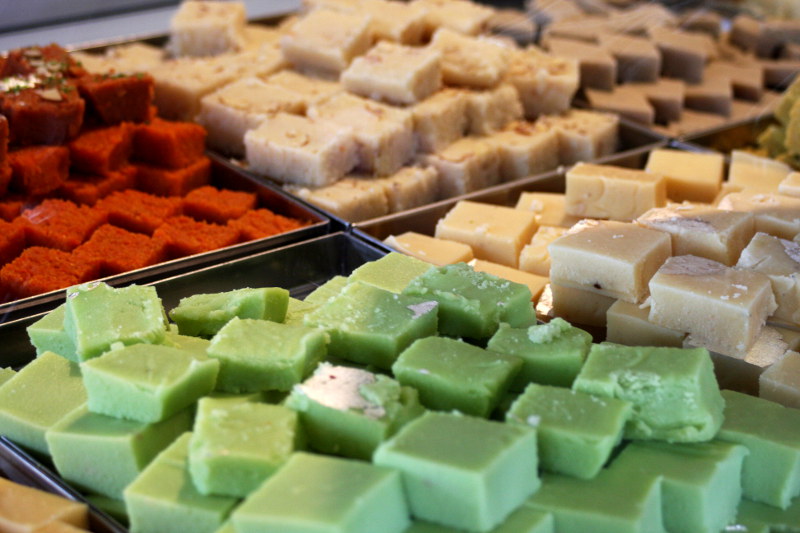One of the darker immigration moments in Canadian history comes in 1914 when the Komagata Maru arrived in Vancouver harbour filled with Indian (mostly Sikh) immigrants to Canada. At the time, Canada’s immigration laws were very discriminatory.
People coming to the country were only allowed to travel via a continuous route; but, there was no such route between India and Canada. To challenge this, a group of Sikh immigrants charted a direct sea route from Japan and sailed to Vancouver in hopes of being accepted.
However, when they arrived they were refused landing and entry by Canada. The ship sat in the harbour for two months during the hottest time of the year at an impasse. The people on-board were refused access to the basic necessities (food, water). Eventually, the boat turned around over fears that everyone would die.
This incident almost killed the Sikh population in Vancouver. Disgusted and disheartened by the Canadian government’s treatment of their kin, most Sikhs left for other countries.
By 1918, the population had all but disappeared from the province. The next spike in Sikh immigration came in the 1970s with wars in Punjab, Pakistan and India when many left because they feared racial cleansing.
With a mass migration to Canada, most new Sikhs to the city settled in the Langara and Sunset communities in South Vancouver; and, with all these people, the section on Main between East 49th Avenue and 51st Avenue became a bustling commercial district known as Little India. These days the street doesn’t have much of an open market feel like you’d find in India, but the shops still bustle and it’s a great place to find deals on beautiful fabrics, food, jewellery, kitchen goods, and Indian sweets.
The best times to visit is during the five-day Vancouver Celebrates Diwali Festival (November) and Vaisakhi (April).
